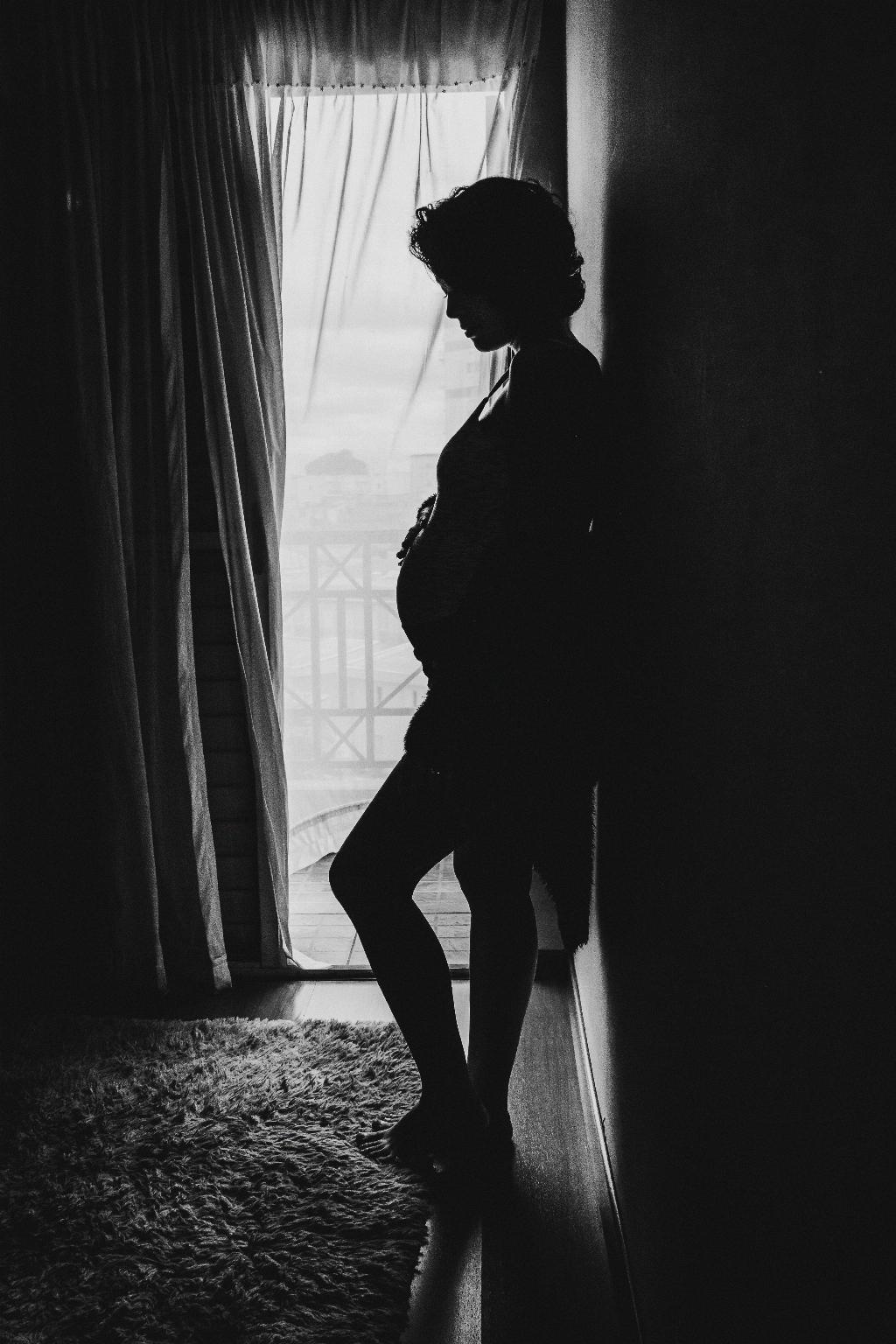From the moment a woman finds out she’s pregnant, a rollercoaster of emotions and physical changes begins. Alongside the joy and anticipation, there may also be discomforts and pains that come with the territory. One common issue that many pregnant individuals face is pelvic pain, but the timing of when it starts can vary from person to person.
Let’s delve into the timeline of when pelvic pain typically starts in pregnancy, shedding light on what expectant mothers can anticipate as their pregnancy progresses.
First Trimester: The Early Onset
During the first trimester of pregnancy, the body begins to undergo significant changes to accommodate the growing baby. It’s not uncommon for some women to experience pelvic pain during this period, though it may not be as intense or frequent as in the later stages of pregnancy.
Factors such as hormonal shifts, the uterus expanding, and ligaments stretching to support the growing fetus can contribute to pelvic discomfort early on. While pelvic pain in the first trimester is typically mild for most individuals, it can be a precursor to more noticeable symptoms in the second and third trimesters.
Second Trimester: Heightened Sensations
As the pregnancy progresses into the second trimester, pelvic pain may become more pronounced for some women. The structural changes in the body, including the pelvis shifting and the ligaments continuing to stretch, can lead to increased discomfort in the pelvic region.
Additionally, as the baby grows and the uterus expands further, the pressure on the pelvis and surrounding areas can exacerbate feelings of pain. Activities such as standing for long periods or sudden movements may also trigger or worsen pelvic discomfort during this stage of pregnancy.
Third Trimester: The Peak of Discomfort
By the third trimester, pelvic pain is a common companion for many pregnant individuals. The combination of the baby’s increased size, the pressure on the pelvic floor, and the body preparing for labor can result in more intense and frequent sensations of pain in the pelvic area.
At this stage, movements such as walking, climbing stairs, or even changing positions while lying down may become more challenging due to pelvic pain. It’s crucial for expectant mothers to practice self-care measures, such as gentle exercises, proper body mechanics, and using support devices if needed, to alleviate some of the discomfort.
Postpartum Period: Recovery and Healing
After giving birth, the body goes through a period of recovery and healing known as the postpartum phase. While pelvic pain during this time may still be present, it often subsides gradually as the uterus returns to its pre-pregnancy size and the ligaments begin to regain strength.
It’s essential for new moms to prioritize self-care and listen to their bodies as they navigate the postpartum journey. Seeking guidance from healthcare providers and engaging in gentle exercises or physical therapy programs can aid in the rehabilitation of the pelvic floor and overall recovery process.

